Strong bedrock set for disbursement
Despite the pandemic, in 2020 Vietnam reported the highest rate of public investment disbursement in the past five years. How did the country manage this?
 |
| Deputy Minister of Planning and Investment Tran Quoc Phuong |
Public investment disbursement in 2020 reached around VND470 trillion ($20.43 billion), equivalent to 97.5 per cent of the yearly plan – the highest in years. Especially, when the country was hit by COVID-19, the government urged disbursement to encourage economic growth, reflecting the key role of public investment in socioeconomic development.
Thereby, numerous conferences were held with the participation of the government and relevant authorities to accelerate public investment disbursement while the prime minister, deputy PMs, and the minister of planning and investment led delegations to visit and address bottlenecks holding up major public investment projects across the country.
Updates to the legal framework last year have improved transparency and strengthened the responsibilities of leaders to improve project performance. Specifically, following a proposal from the Ministry of Planning and Investment (MPI), the National Assembly allowed ministries, agencies, and localities to reallocate capital under their management to pour more into meaningful projects.
Additionally, 2020 was the last year of the 5-year socioeconomic development plan and the 10-year socioeconomic development strategy, and saw heated activity to prepare for the next phases of development. This put huge pressure on authorities of all levels to accelerate projects and clinch the targets set out for them.
The disbursement was a lot slower in the first months of 2021. How would you explain this?
As a general rule of thumb, disbursement of public investment is usually slower at the start of each year and each development period. Public investment projects, especially construction works, often take a long time to be implemented and government payment follows only after the inspection of a satisfactory complete work. Disbursement is generally much bigger in the first half. Meanwhile, public procurement projects are paid out in a single one-off payment after paperwork is complete.
The PM has signed Directive No.13/CT-TTg to remove nearly 1,500 projects from the medium-term public investment plan for 2021-2025 and focus resources on essential ones. What was the goal in doing this?
Public investment plays a central role in stimulating private sector for socioeconomic development, especially infrastructure development. In past years, all documents and directions of the government related to public investment targeted overcoming inefficient investment and removing barriers, especially those related to institutions, administrative procedures, and site clearance.
Public investment has been steadily streamlined over the past 10 years, going from 22,000 receiving public investment in 2011-2015, which was halved in 2016-2020 after adoption of Law No.49/2014/QH13. This was subsequently reduced to 6,447 in 2021-2025. However, the government ordered another review of the project itinerary to reduce the number to 5,000. Along with this, the MPI will also strengthen oversight over public investment projects to improve efficiency and transparency.
This reflects the determination of the government to address scattered and inefficient investment, concentrate resources on key projects, and draw private investment into infrastructure development by opening projects utilising public capital and enhance the efficiency of public investment projects.
Also, the PM asked the MPI and the Ministry of Finance to adjust the proportion of public investment in the total state budget expenditure from 27 to 28-29 per cent. The funds are provided by reallocating some of the budget for recurrent expenses.
What solutions will the MPI and other ministries and agencies take to speed up project implementation and disbursement?
The PM has called for the mobilisation of all resources for development, especially in transport infrastructure. A proposal for 50 per cent of total capital of public-private partnership expressway projects to be sourced from the state budget during 2021-2025 is being compiled, with the rest coming from private investment. The ratio will be adjusted flexibly for every project so that more difficult ones can receive more state capital.
However, according to the General Statistics Office, in the first five months of 2021 total realised investment from state budget was estimated at VND133.4 trillion ($5.8 billion), equivalent to 28.7 per cent of the yearly plan and up 14.2 per cent on-year, including VND20.9 trillion ($908.7 million) of the central budget (equalling 27.1 per cent of the yearly plan and up 21.4 per cent on-year), and VND112.5 trillion ($4.9 billion) of the local budget (equivalent to 29 per cent, and raising by 13 per cent on-year).
So this is a good foundation to achieve the disbursement of a high proportion of public investment to drive socioeconomic development, contributing to reaching the target set forth.
What the stars mean:
★ Poor ★ ★ Promising ★★★ Good ★★★★ Very good ★★★★★ Exceptional
Related Contents
Latest News
More News
- Home firms make M&A presence felt (November 27, 2024 | 09:33)
- Thailand's BCPG invests $130 million in Gia Lai wind power plants (November 26, 2024 | 15:08)
- The 16th Vietnam M&A Forum: A Blossoming Market (November 26, 2024 | 13:53)
- Posco interested in $2.2 billion Quynh Lap LNG thermal power plant (November 26, 2024 | 13:50)
- $1.4 billion Nhon Trach 3 and 4 to operate in 2025 (November 26, 2024 | 13:37)
- Hung Yen focused on attracting high-tech FDI (November 26, 2024 | 13:20)
- Foreign investors flock to invest in southern provinces and cities (November 26, 2024 | 10:00)
- Trump may mean challenges for Vietnam but FDI remains strong (November 26, 2024 | 08:30)
- HCM City set to welcome fresh wave of US investment (November 26, 2024 | 08:00)
- Dynamic M&A landscape felt in food and beverages (November 25, 2024 | 16:21)

 Tag:
Tag:
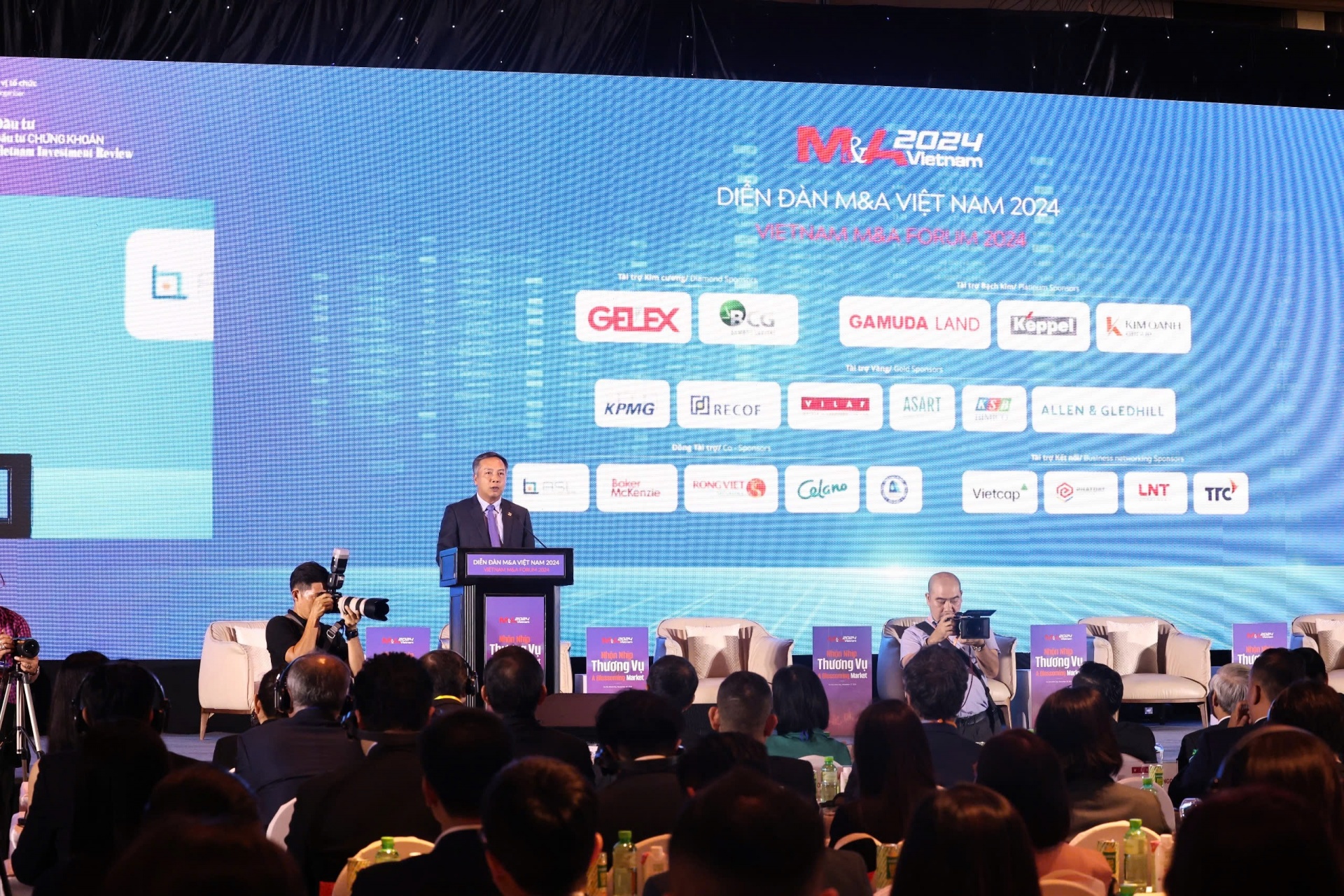


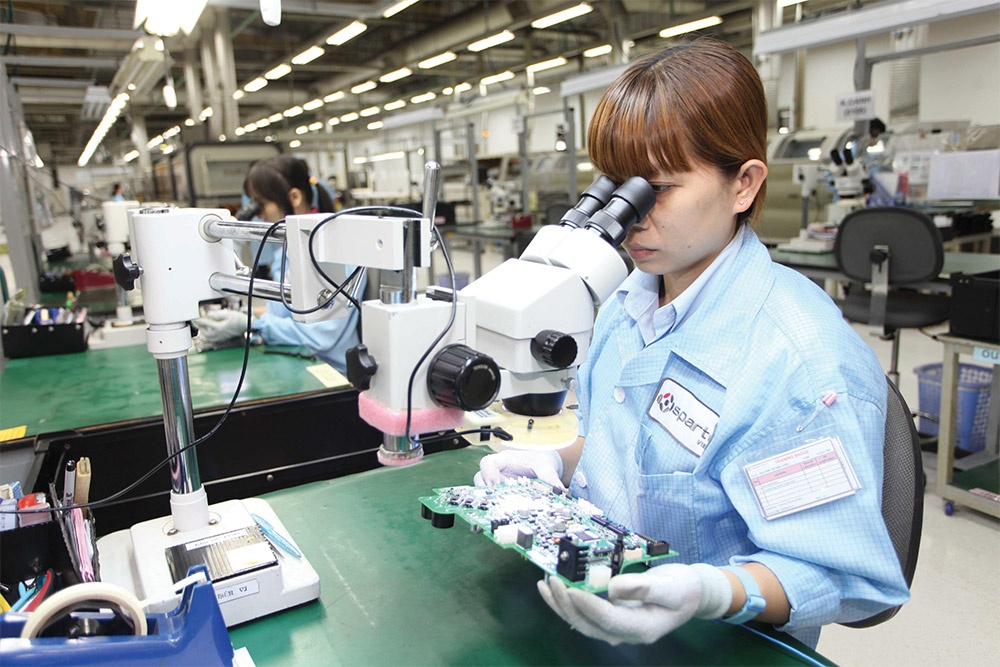
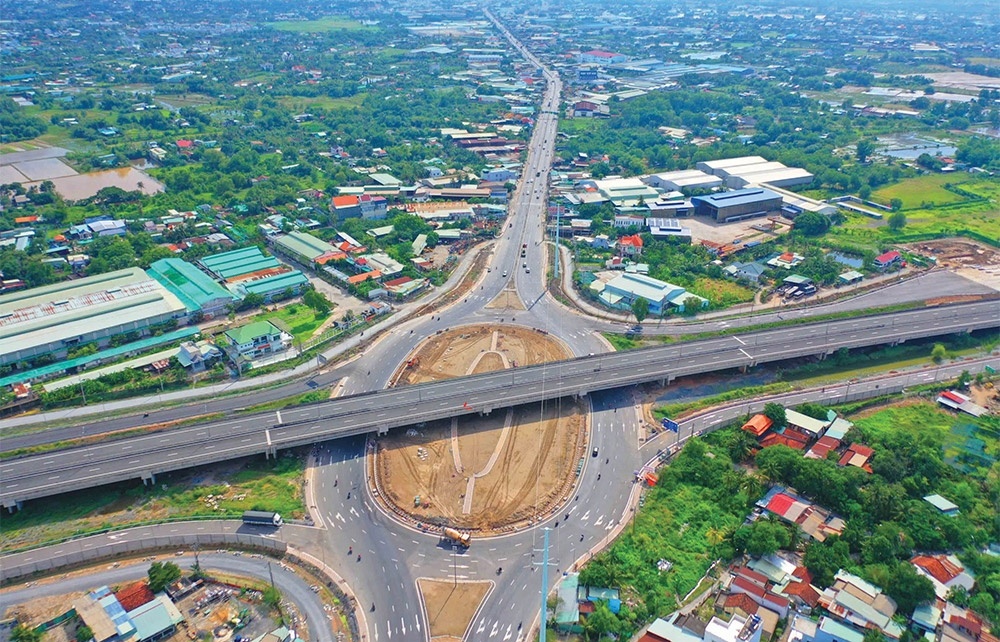
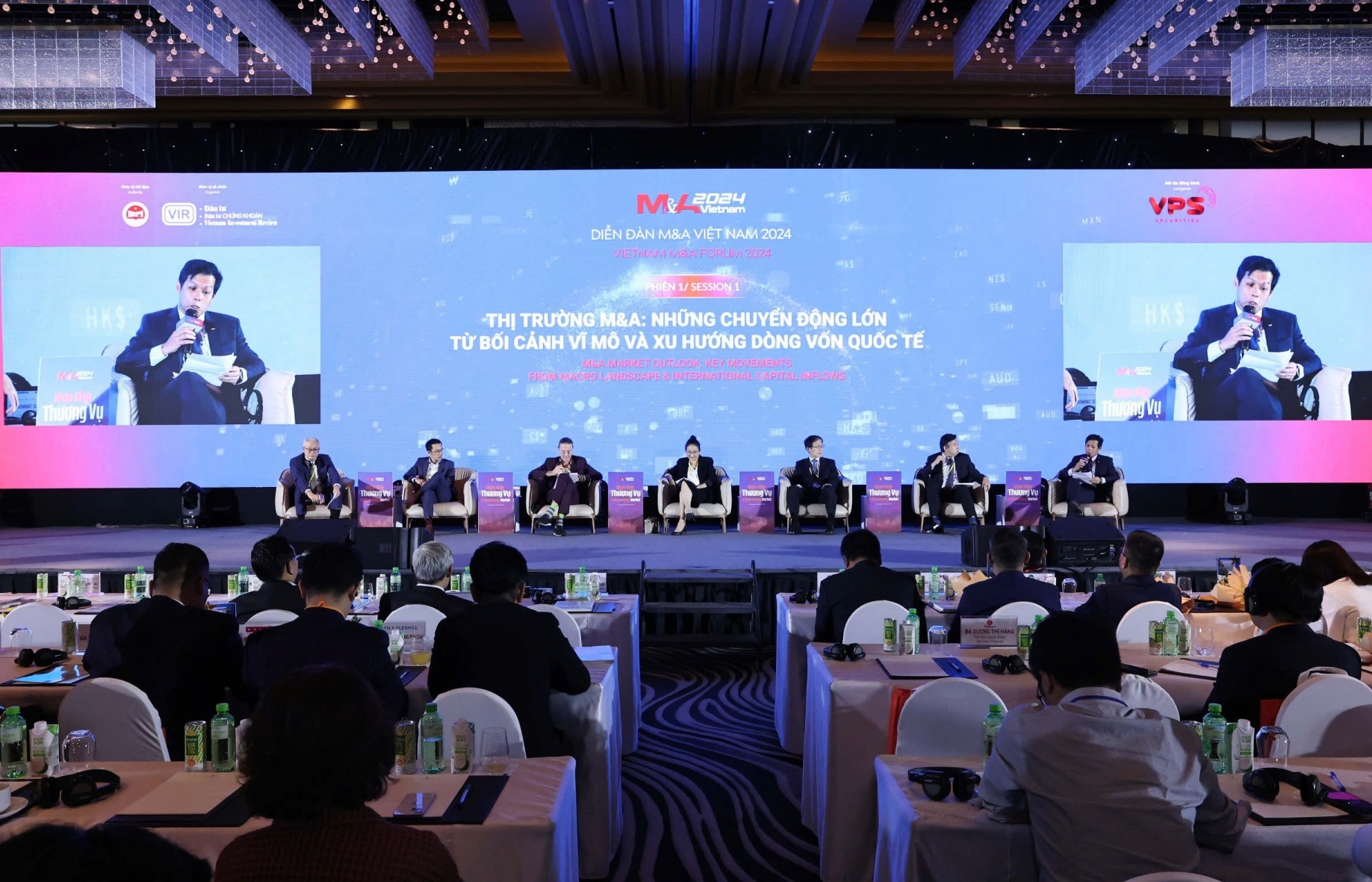

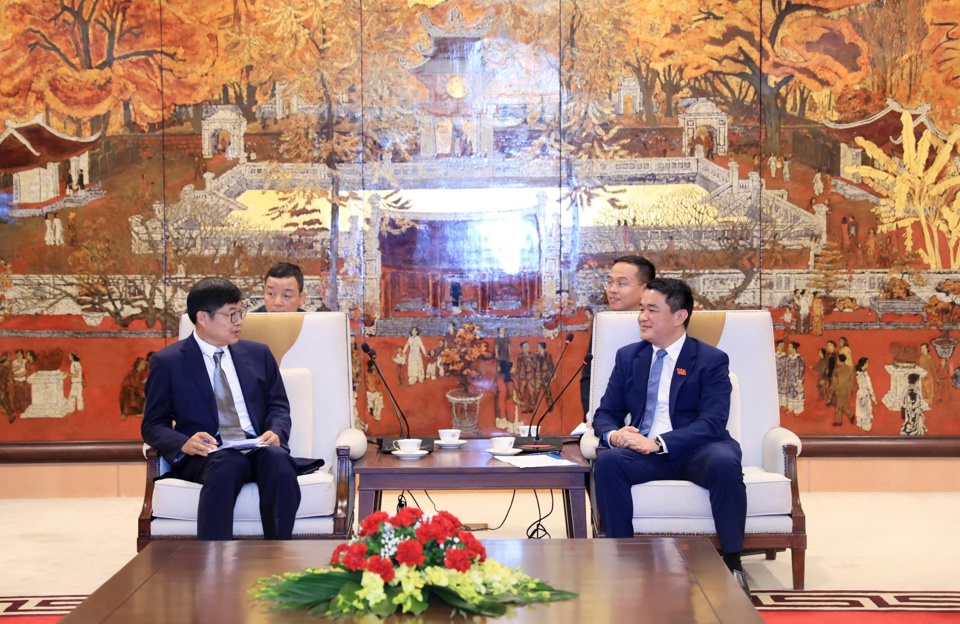

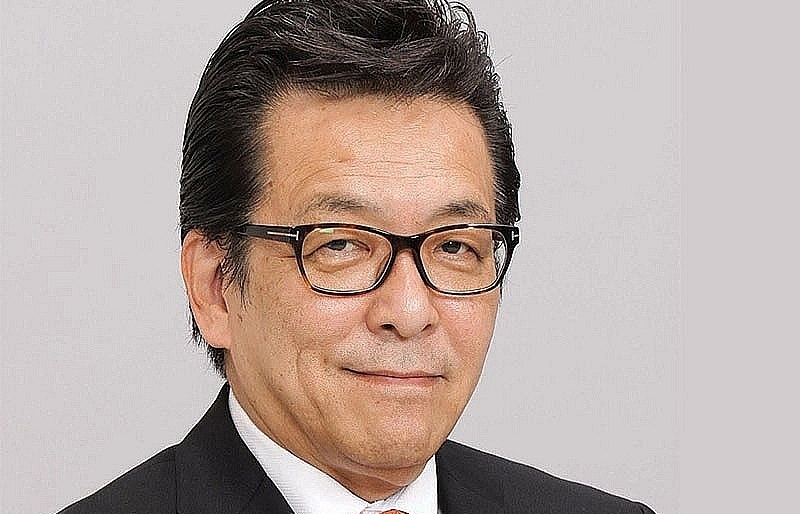




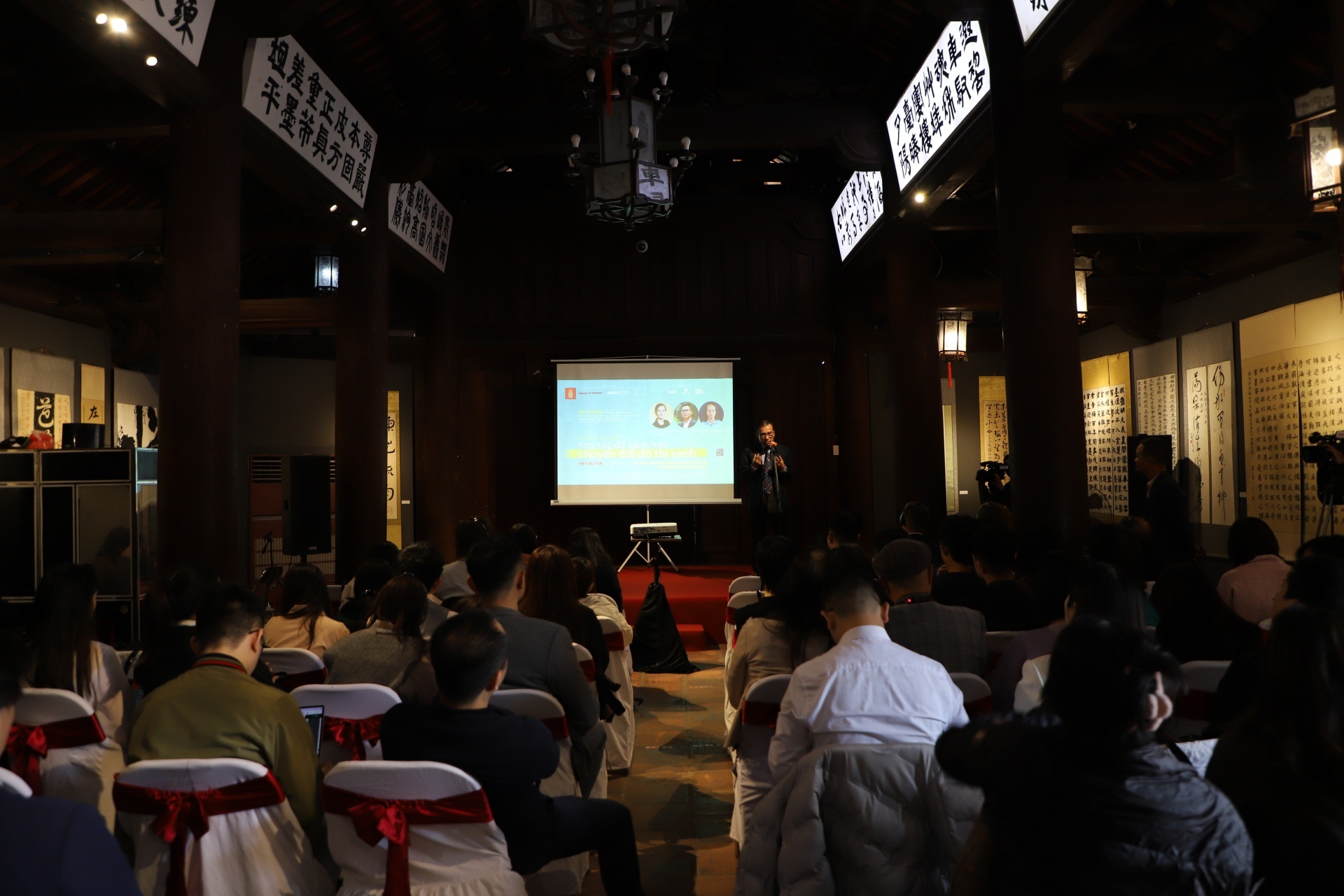
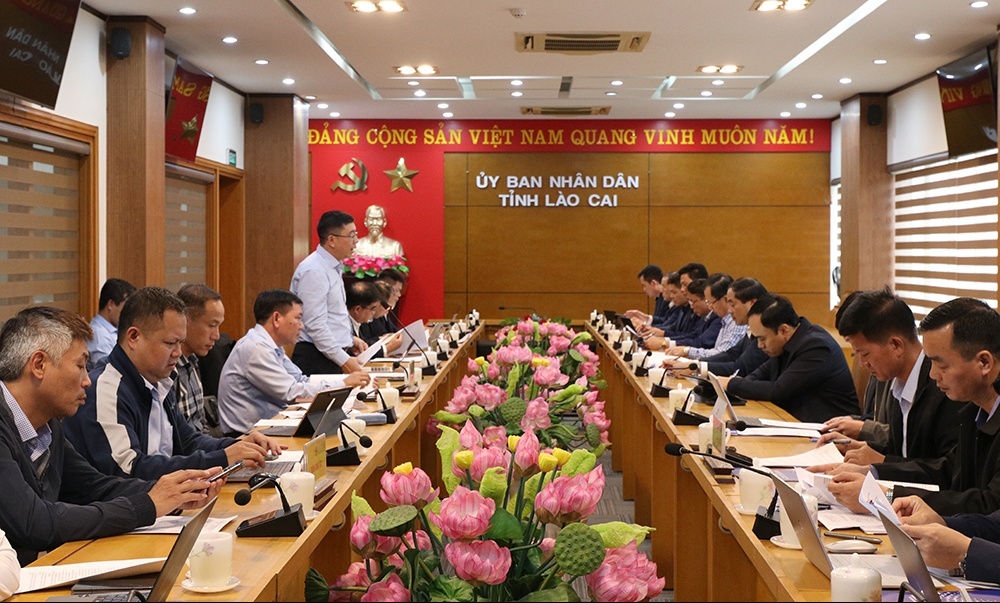




 Mobile Version
Mobile Version